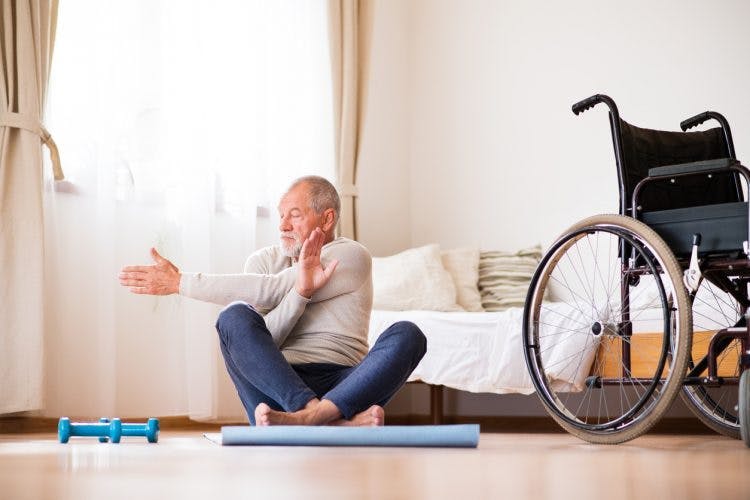A stroke is a medical emergency in which interruption to the brain’s blood supply causes damage as brain cells start dying within the span of minutes.
Immediate treatment for someone experiencing a stroke is crucial, and the recovery process post is important to understand and undergo as well. The recovery differs for everyone and can often be a slow and uncertain process.
The entire timeline of stroke recovery is segmented into four general stages: Day 1 Initial Treatment, the First Few Weeks After a Stroke, 1-3 Months Post-Stroke, and 6-Month and Beyond. These stages vary in location, duration, the types of treatment ongoing, and more.
First Few Weeks after a stroke:
For the first week (5-7 days average hospital stay duration), a patient is typically in a hospital with a dedicated professional team examining the condition of the patient in order to formulate a rehabilitation plan. Conditions examined may include: cognitive, physical, emotional, and energy. Frequent therapy sessions at the hospital can go up to six times per day. This stage primarily jump-starts the recovery process.
Priorities in what rehabilitation should entail cover the activities of daily living (ADL) such as bathing and preparing food. Patients also set recovery goals in rehabilitating for activities important to them (work-related skill, hobbies, etc.)
A patient’s condition will be evaluated depending on their level of functional impairment that dictates where rehabilitation will continue to take place for them. It could be in an inpatient rehabilitation or independent rehabilitation facility with a doctor, in a subacute rehabilitation facility, or at home with visits to a rehabilitation clinic as needed.
1-3 Months Post Stroke
With the goal of rehabilitation being to restore function as close as possible to pre-stroke levels or develop strategies in order to compensate and live with functionality impairment, patients often see the most gains in their improvement around this time frame.
The events of spontaneous recovery — as the brain finds new ways to perform tasks– or even setbacks of a heart attack or second stroke are events that can greatly push forward or push back the rehabilitation process.
6 Months and Beyond
Post 6 months, improvements can be a lot slower as most patients will reach a steady state; however, follow-up with rehabilitation is still important. Reaching out and communicating with primary care physicians, rehabilitation physicians, occupational, speech or physical therapists, neurologists, or rehab psychologist is necessary to facilitate the process over this larger span of time.
Analysis
Understanding the various phases of a stroke is crucial in understanding both how the NeuroLife sleeve can integrate itself into these various stages, but also finding a place in this process where the sleeve can fulfill Battelle’s original mission to do the most good.
This article from John Hopkins was interesting as the bulk of the content focused on the earlier stages of stroke recovery (hospitalization, first few weeks, 1-3 months), but not much beyond that mark. There is a lot of facilities and support systems ongoing for these earlier stages, but not quite as much for the later stages which does bring up the question of stroke patients’ recovery instances, why there is a heavy focus on the earlier stages (is it higher recovery instances, money reasons to rehab after 1-3 months like insurance not covering, etc.). As such, I think that this preliminary glance at how recovery works is now framing how I want to look at the percentage and demographic of stroke recovery patients and how factors such as treatment, systems, and the like help in various stages and not in others.




